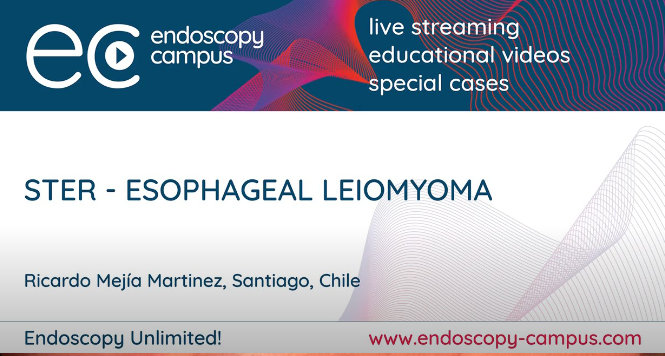Artificial Intelligence Similar to Expert Endoscopists at Differentiating Between Mucosal and Submucosal Barrett’s Cancer
Prateek Sharma, MD, FASGE, reviewing Ebigbo A, et al. Endoscopy 2021 Sep.
Artificial intelligence (AI) systems using convolutional neural networks have been developed to differentiate between esophageal cancer (EAC), high-grade dysplasia, and nondysplastic Barrett’s esophagus. However, until now, the ability to differentiate mucosal from submucosal invasion has not been evaluated. This differentiation is important because it can be used to determine endoscopic treatment modalities and influence prognostication.
This retrospective, multicenter study used white-light endoscopy images from patients with histologically confirmed T1a and T1b EAC at 3 tertiary care centers in Germany. Different images were used for training and validation of the AI system. Overall, 108 images from mucosal (T1a) lesions and 122 images from submucosal (T1b) lesions were utilized. The AI system was trained with still images of various sizes and resized to 512 x 512 pixels for uniform resolution. The performance of the AI system was compared to that of expert endoscopists. Five international experts, blinded to the diagnosis of the images, were asked to characterize the still endoscopic images for comparison. The performance of the AI system was calculated over 10 runs.
The sensitivity and specificity of the AI network to distinguish T1a versus T1b BC were 0.77 (95% confidence interval [CI], 0.75-0.78) and 0.64 (95% CI, 0.62-0.66), respectively. The accuracy of the system was calculated at 0.71 (95% CI, 0.70-0.72). With the experts, sensitivity was 0.63 (95% CI, 0.53-0.78), specificity was 0.78 (95% CI, 0.67-0.89), and accuracy was 0.70 (95% CI, 0.67-0.73). Multivariate analysis using the McNemar test found no significant difference between the accuracy of the AI system and the experts.

COMMENTThis proof-of-concept study shows the potential for artificial intelligence to aid in the prediction of submucosal invasion of Barrett’s cancer, with performance similar to expert endoscopists in mucosal and submucosal invasion. With the use of still images, white-light images, and varied resolution images, there are opportunities to improve this technology going forward.
Note to readers: At the time we reviewed this paper, its publisher noted that it was not in final form and that subsequent changes might be made.
CITATION(S)
Ebigbo A, Mendel R, Rückert T, et al. Endoscopic prediction of submucosal invasion in Barrett’s cancer with the use of artificial intelligence: a pilot study. Endoscopy 2021;53:878-883. (https://doi.org/10.1055/a-1311-8570)


